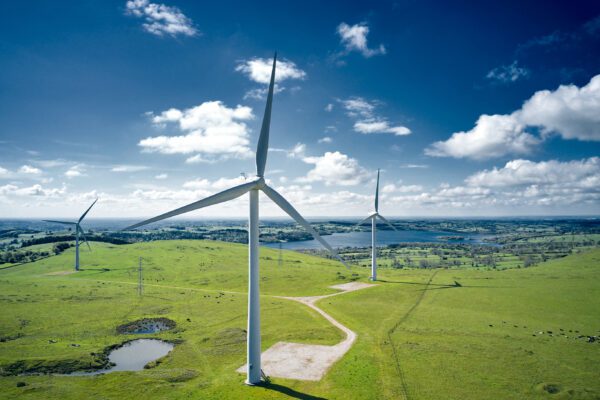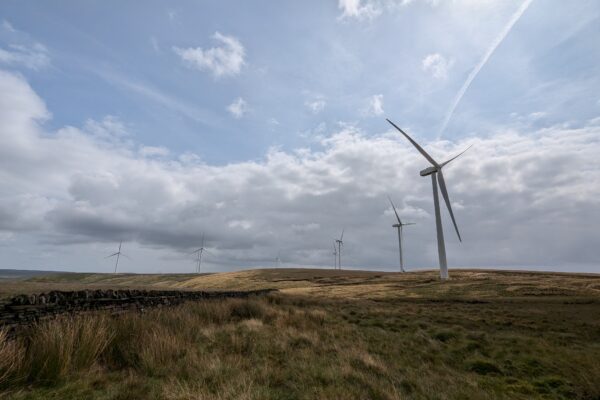
Electricity and gas consumption in non-domestic buildings fell in 2022, new figures reveal
A new government report illustrates electricity and gas consumption and intensity of non-domestic buildings in England and Wales in 2022 and how this has changed over time.
A new government report illustrates electricity and gas consumption and intensity of non-domestic buildings in England and Wales in 2022 and how this has changed over time.
What is in the report?
Non-domestic National Energy Efficiency Data-Framework 2024-report summarises analysis of the non-domestic building stock and building energy consumption in England and Wales using the latest version of the Non-Domestic National Energy Efficiency Data-Framework (ND-NEED).
Split by sector, building size and occupying business size, the report also provides new information on the non-domestic building stock, with a breakdown of non-domestic buildings by year of construction and occupying business size.
What were the key findings?
- Total electricity consumption in non-domestic buildings decreased by less than 1% in 2022 compared to 2021. However, this is still an overall increase of 5% from 2020, reflecting the continuation of the 2021 bounce back from COVID-19. However, in 2022, this appears to have been offset by the possible impact of high energy prices and warmer weather.
- Hospitality and Arts, Community and Leisure, the two sectors which experienced the most significant falls in consumption during the pandemic period, were exceptions to the decrease trend, seeing 9% and 11% increases respectively.
- Total gas consumption in non-domestic buildings decreased by 5% in 2022 compared to 2021, following a fall of 2% from 2020 to 2021. This decrease, affecting all sectors, could be attributed to factors such as the higher gas prices experienced in 2022. Education and Offices sectors were particularly impacted, with consumption dropping by 10% and 9% respectively.
Anything else I should know?
- Both non-domestic building energy consumption and energy intensity – the average kilowatt hour consumed per metre square of floor area – varies by building use. However, the distribution across the two is different:
- The building uses with the highest median electricity and gas intensities are Hospitality, Shops and Health.
- For both electricity and gas, the highest consuming building use (excluding Other) is Factories (29% and 38%).
- For electricity, this is followed by Offices (15%) and Shops (13%)
- For gas, this is followed by Education (8%), Hospitality (7%) and Offices (7%).
- A small proportion of the highest consumers (7% for electricity, 4% for gas) are responsible for the majority (80%) of consumption.
- Similarly, for both electricity and gas, the combined consumption generally increases as building size band increases. Buildings over 1,000m2 are responsible for 61% of electricity consumption and 71% of gas consumption, despite both making up around 7% of non-domestic buildings (excluding buildings missing floor area information).
- The total number of non-domestic buildings in ND-NEED has remained broadly unchanged since 2021, at 1.8 million buildings. However, the numbers of Hospitality and Office buildings have fallen.
Where can I find more information?
The full report is available on the gov.uk website
How can Inspired help?
Inspired has held our position as the leading energy advisor for industrial and commercial consumers in the Cornwall Insight ranking since 2018. We have helped thousands of businesses secure cost and carbon savings across their portfolios.
Regardless of size and sector, we can offer comprehensive support for your organisation. Whether you’d like to make informed utilities procurement decisions, revise your energy management strategy or ensure energy efficiency and compliance of your buildings, our experts are here to support you.
Please get in touch with us today on 01772 689250 or email [email protected]










